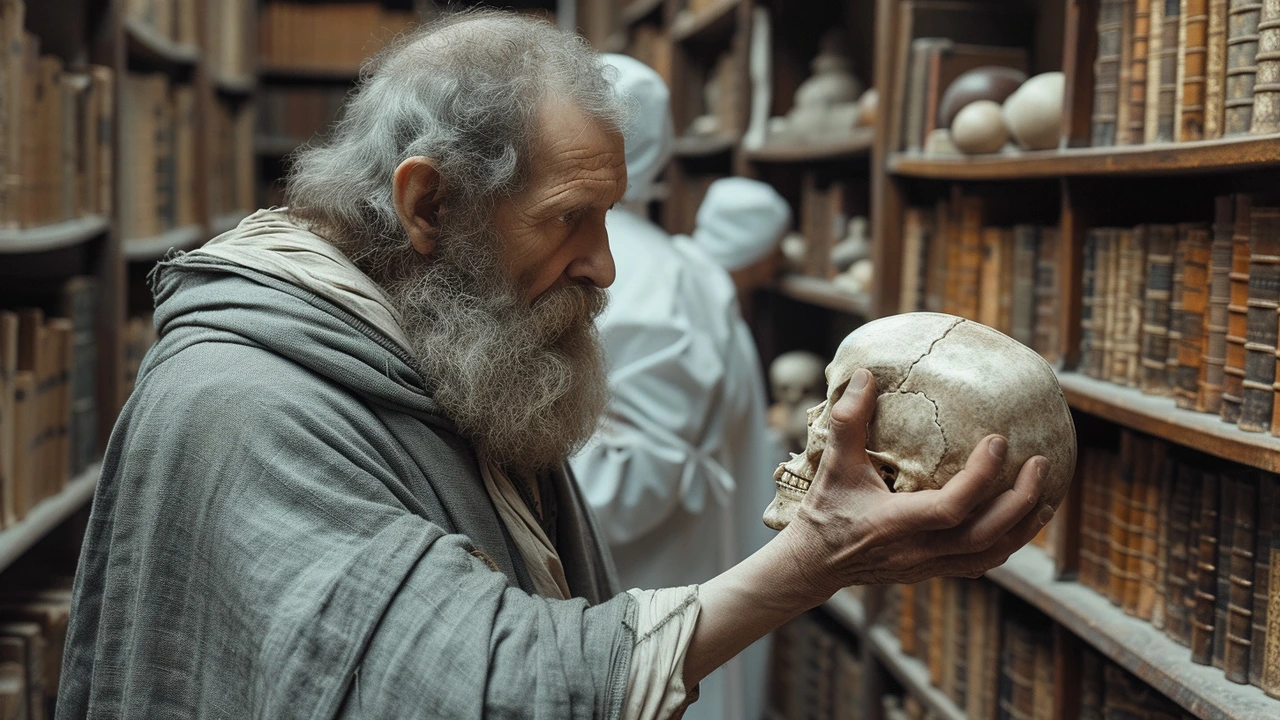Literary Analysis: A Practical Guide for Art and Architecture Fans
Writers hide clues everywhere — in museum labels, building descriptions, and travel essays. Literary analysis teaches you to spot those clues, explain what they mean, and show why they matter. If you like architecture posts on Macklowe Art & Architecture, this guide turns quick impressions into clear, evidence-based interpretations.
Quick steps to start
Begin by reading with purpose. Instead of skimming, slow down and mark phrases that stand out: unusual adjectives, repeated images, or a sudden shift in tone. Ask simple questions as you read: who is speaking, what is the focus, and what feelings are being pushed or hidden?
Next, name the technique. Is the writer using metaphor, irony, contrast, or historical detail? For example, a piece about Gothic Revival may use words like soaring, shadow, or spire repeatedly. That repetition often signals a theme — maybe awe or religious nostalgia.
Make a one-sentence claim. This is your working thesis. Be specific: say what the text does and why. Instead of "This article praises Roman architecture," try "The article frames Roman engineering as proof of civic order, using technical terms and public examples to link structure with state power." Short, testable, and tied to evidence.
How to build the argument
Support your claim with tight quotes and quick commentary. Quote a phrase, then explain why it matters. Don't summarize for long stretches. Show how the language, structure, and detail work together. If an author emphasizes concrete, arches, and aqueducts, explain how those images support your claim about permanence or control.
Consider context. Who wrote this and when? A revivalist piece in the 19th century talks about heritage differently than a modern renovation essay. Context can change how readers interpret the same words.
Compare short examples. Put two lines or paragraphs in conversation. Maybe a Baroque description uses drama and motion, while a Georgian piece stresses order and balance. Comparing helps reveal what each text values.
Keep style tight. Use active sentences and avoid vague claims. Each paragraph should open with a mini-point, follow with evidence, then close by tying back to your main claim. Think of your analysis as a guided tour: point to a detail, explain it, move to the next sight.
Want a quick checklist? Mark striking language, note repeated images, identify one or two techniques, form a specific thesis, and support it with short quotes plus explanation. End by showing why your reading changes how the reader sees the subject.
Practice on Macklowe Art & Architecture posts. Pick an article — say, on Byzantine domes or Gothic spires — and find three small phrases that point to a bigger idea. Write a paragraph building from those phrases to a clear claim. You’ll find analysis gets easier fast.
Reading closely turns facts into meaning. Once you can do that, you won’t just describe buildings or artworks—you'll explain why they matter to people, culture, and history.

Tracing the Evolution of Literature in the Renaissance
Dive into the fascinating world of Renaissance literature with me, as we trace its evolution together. The literature of the Renaissance period was marked by exploration, newfound knowledge, and marked changes in the world of art and culture. We'll be looking into how classics of this period shaped the course of literature and how they still influence us today. Join me in understanding the complexities of this era that was truly a turning point in literary history. The journey will be a thrilling one, I promise!
Read more